P.S. JBLyttle is correctTrentons,Columbians,Hay-Buddens,many American manufacturers used this two-part method.
Here's the important part though:This anvil was never used very much or very hard,Or,else,it belonged to a highly skilled individual.
The reason i think that is that the edges of the face are not dressed,never got done since it left the factory.
That is not good,as of course anywhere near the edge the hardened face is uber fragile...(as evidenced by that damage on one side of counter,and a few other chips visible)).
If you end up using it,DRESS the edges,radius them.One missed blow will make future forging a pain,et c...
It's a sweet old anvil,lovely shape, that,be nice to it...The general rule is that you don't want to exceed 1/10 of the anvil weight,in terms of sledging on it,so i'd keep it not over an 8-lb-er...And radius them edges!
(Half-inch at the step down to nothing right at the end of counter seems like a common,useful radius scheme).
Here's the important part though:This anvil was never used very much or very hard,Or,else,it belonged to a highly skilled individual.
The reason i think that is that the edges of the face are not dressed,never got done since it left the factory.
That is not good,as of course anywhere near the edge the hardened face is uber fragile...(as evidenced by that damage on one side of counter,and a few other chips visible)).
If you end up using it,DRESS the edges,radius them.One missed blow will make future forging a pain,et c...
It's a sweet old anvil,lovely shape, that,be nice to it...The general rule is that you don't want to exceed 1/10 of the anvil weight,in terms of sledging on it,so i'd keep it not over an 8-lb-er...And radius them edges!
(Half-inch at the step down to nothing right at the end of counter seems like a common,useful radius scheme).


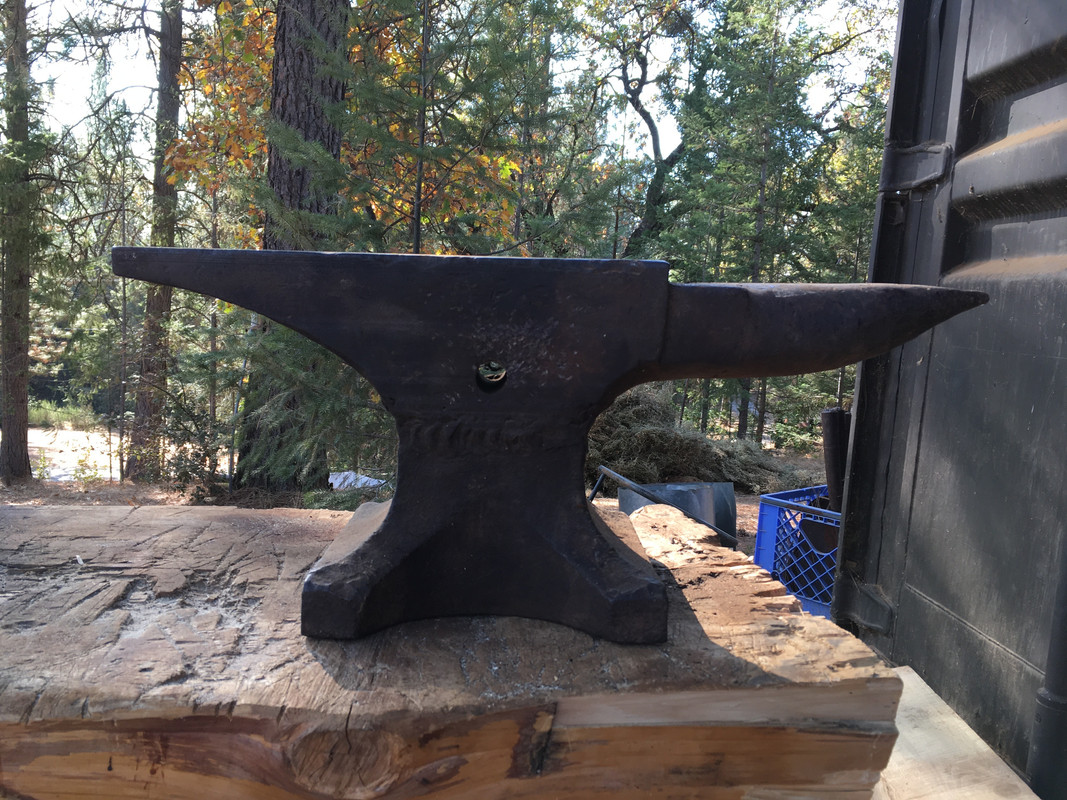
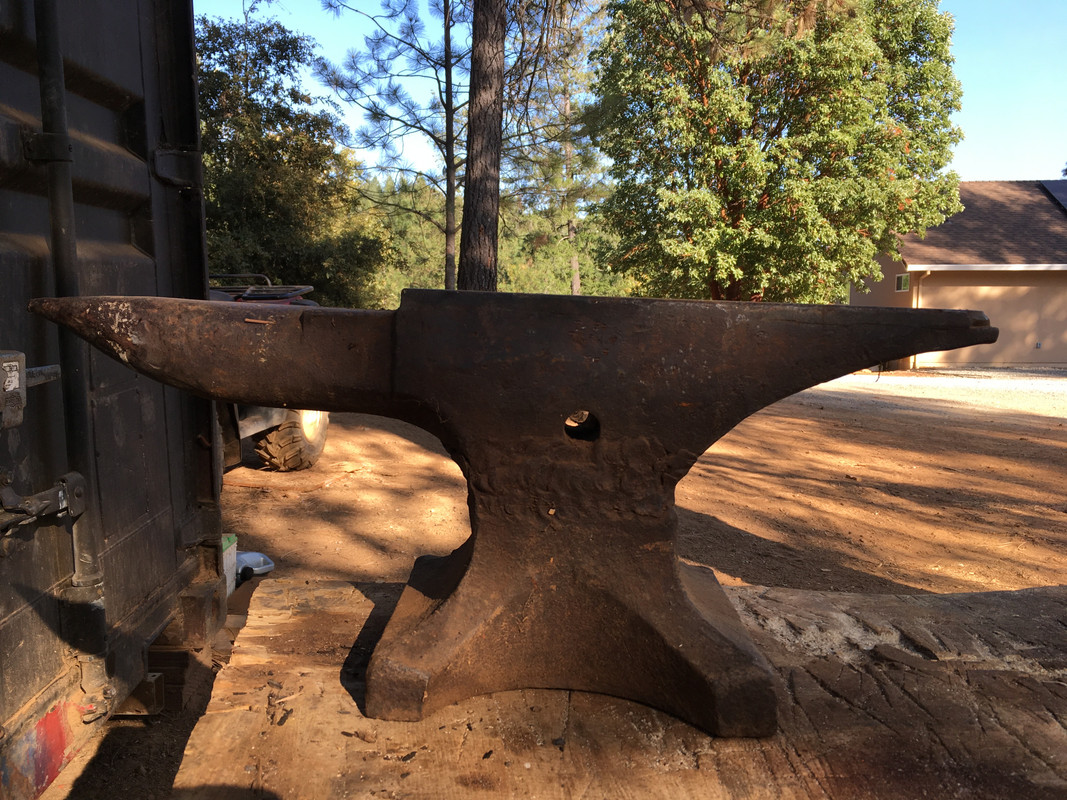

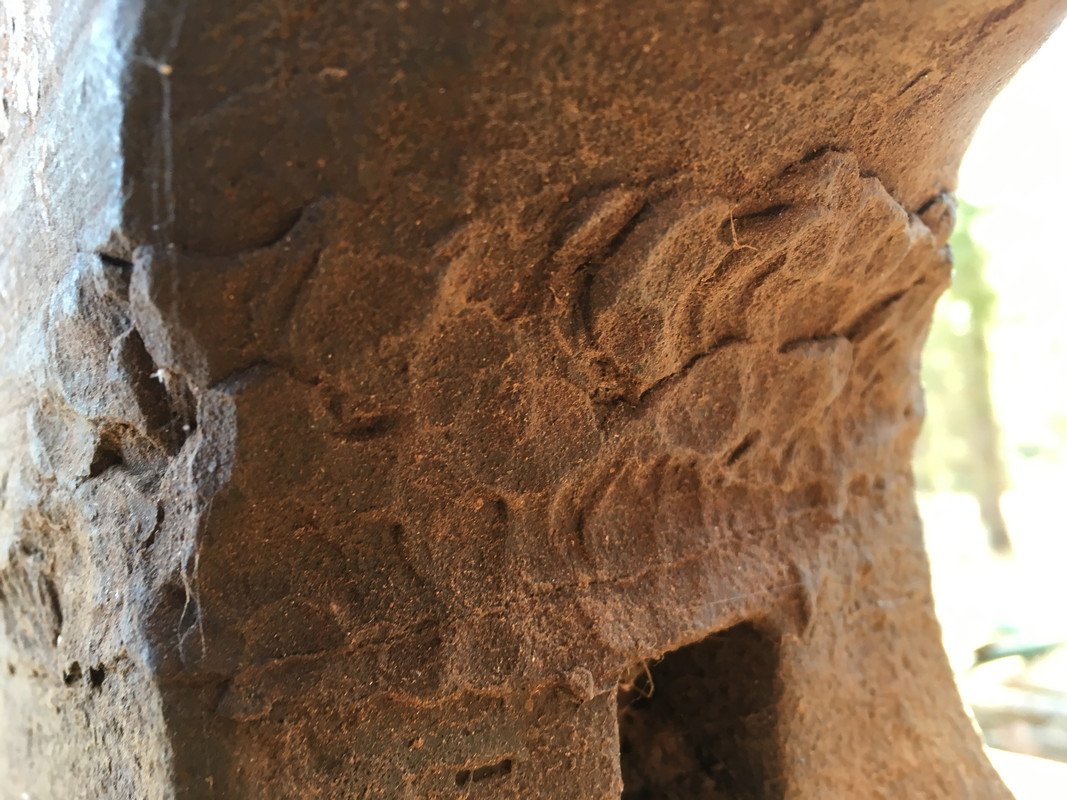
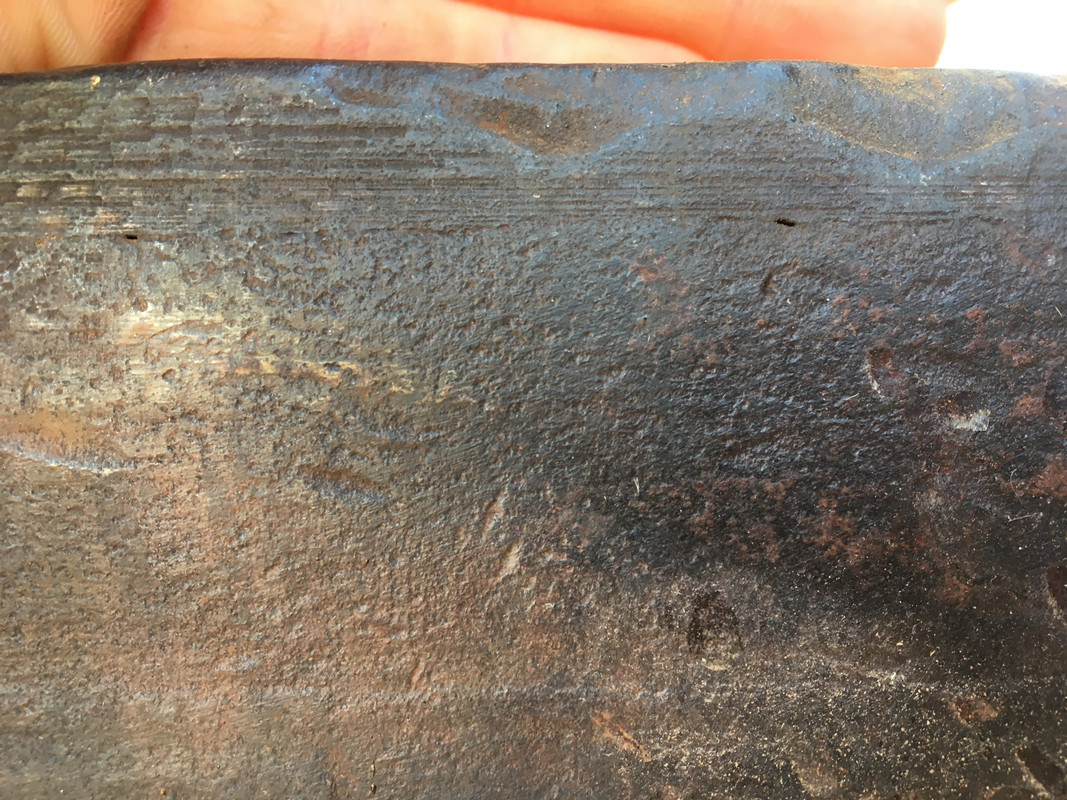
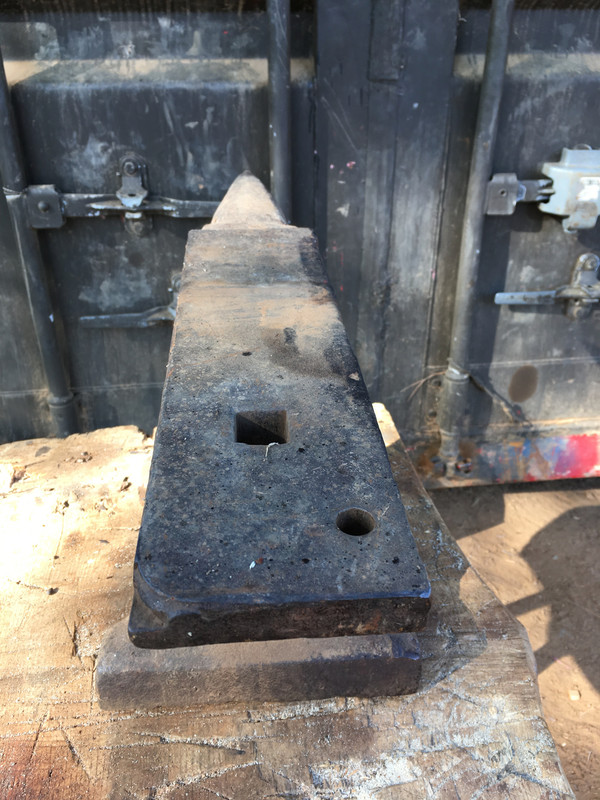
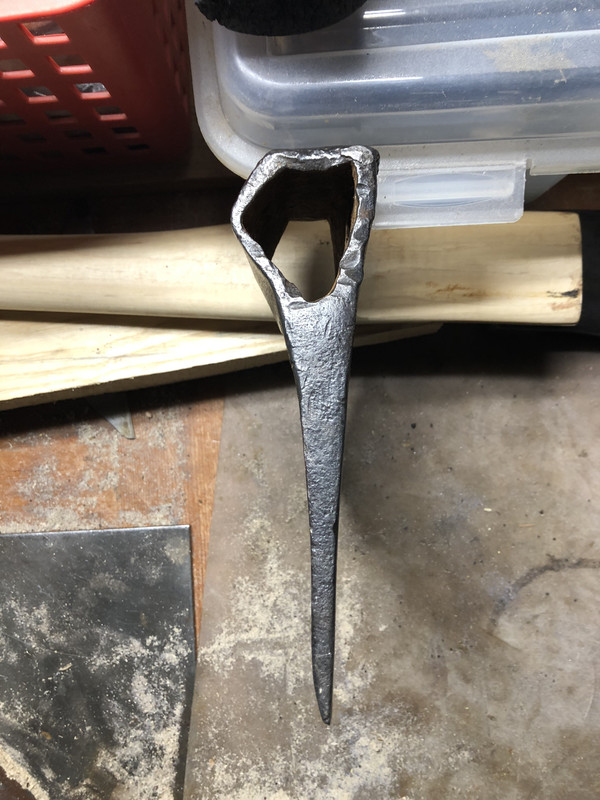
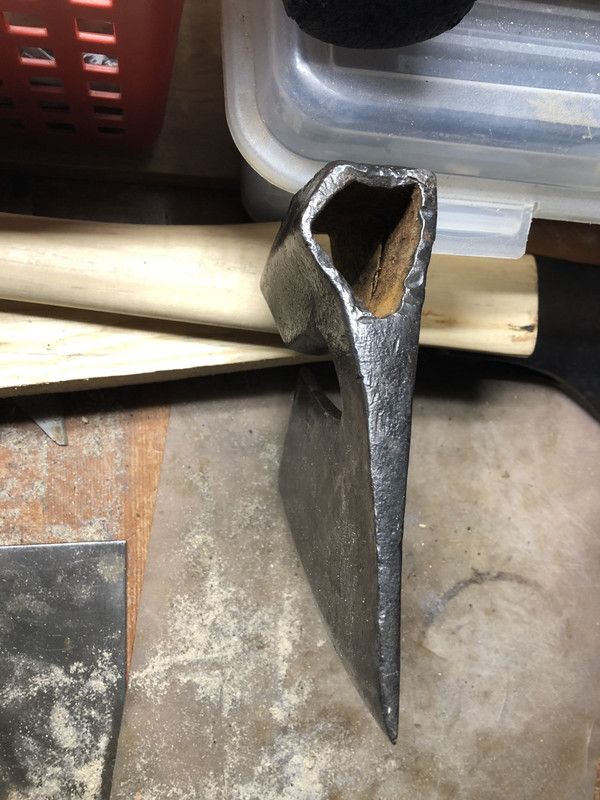
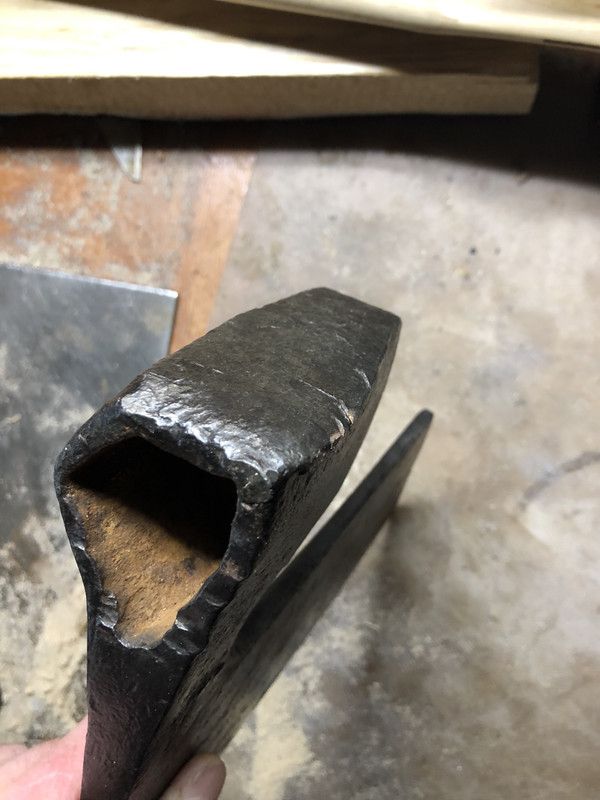
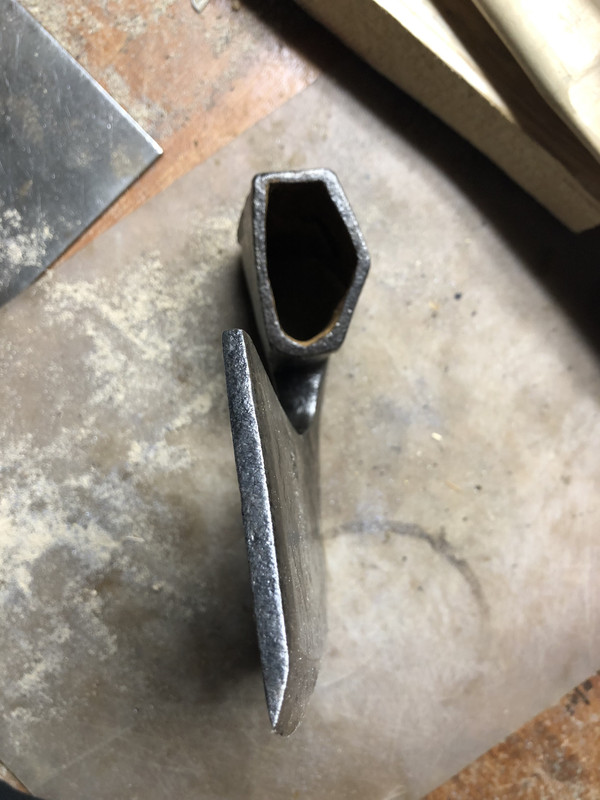
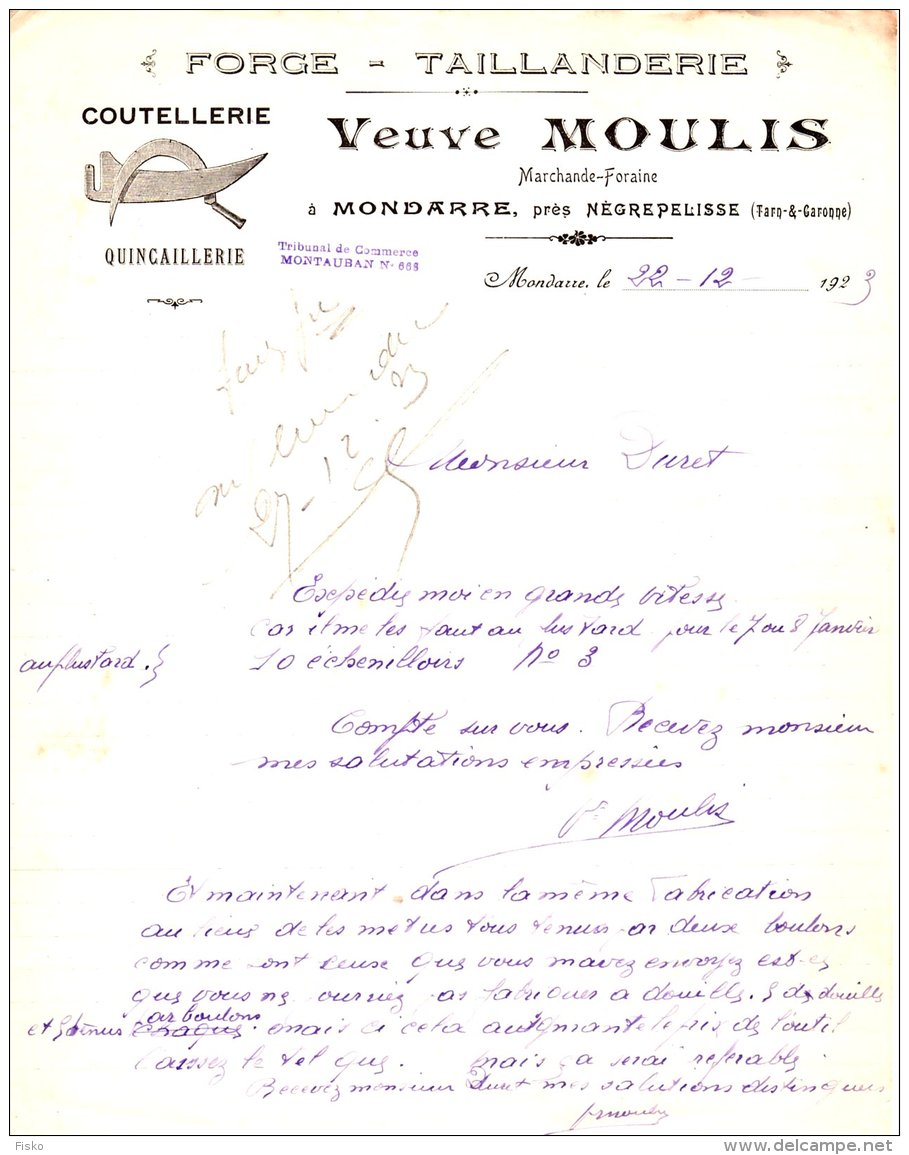
 IMG_20181111_145757
IMG_20181111_145757